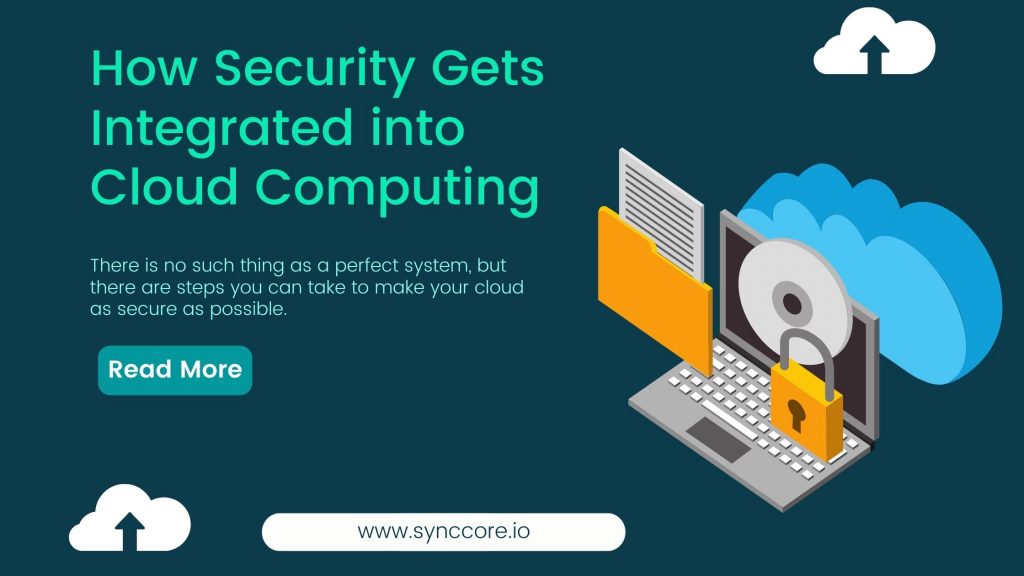How Security Gets Integrated into Cloud Computing: When it comes to cloud computing, security is a legitimate concern. While all major cloud computing service providers are constantly updating their security protocols and protections, the vast amount of data used in the cloud makes it a tempting target for all bad actors.
There is no such thing as a perfect system, but there are steps you can take to make your cloud as secure as possible.

Best Password Practices and Identity Management
Starting with proper password protocols is the simplest way to add a layer of security to your cloud computing. The most common and effective method for preventing unauthorized access is two-step authentication, which requires a user to enter both a password and an additional verifier, such as a randomly generated code or a secret question to which only the user knows the answer.
Sometimes an employee will share their login information with another employee out of carelessness or even animosity, putting your company in grave danger. To reduce this likelihood, conduct regular audits of who is listed as having authorized access. Also, could you keep those lists up to daregularlysis, deleting accounts that should no longer be active? Also, every day, non-repeating password changes are required. If your cloud service allows for administrative oversight, keep an eye out for any unusual activity, especially after hours.
Encryption and firewalls
While most cloud service providers already use encryption, you can add another layer of security by encrypting your data when uploading and accessing your cloud. A variety of commercially available encryption tools are simple to install and maintain. Encryption is necessary when dealing with information transfers subject to regulatory compliance requirements (such as HIPAA for the healthcare industry, PCI-DSS for financial institutions, and FISMA for US federal agencies).
It is also a good idea to install a strong firewall between your users and your cloud connection to ensure that only authorized links pass through your network to the cloud. A virtual firewall, also known as a Firewall-as-a-Service (FWaaS), can be installed in addition to physical firewall hardware to control access and employ URL filtering, malware detection, and network forensics.
When selecting a cloud service provider, be sure to ask the following questions:
- Do they keep an eye out for unusual activity or data in the overall usage?
- What kind of security measures are already in place there?
- What are they attempting to enhance?
- Are there any tools they could give you to increase your security?
Cloud security Begins at Home.
When it comes to ensuring cloud security, cloud computing service providers do their part. However, you can help by providing that you’re using all the best practices available. Particularly when compared to the hassle and expense of a data breach, the majority of security measures are pretty straightforward and affordable.
As with most things, common sense and adequate precautions can help keep you safe.



